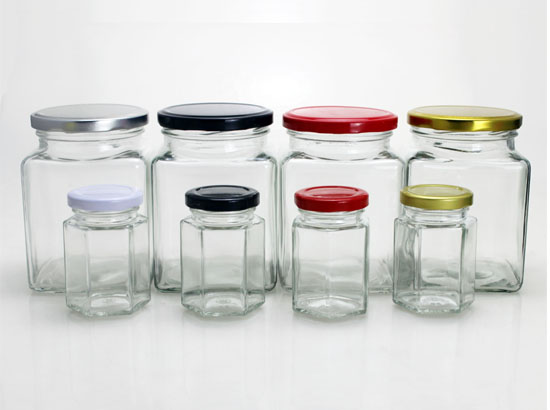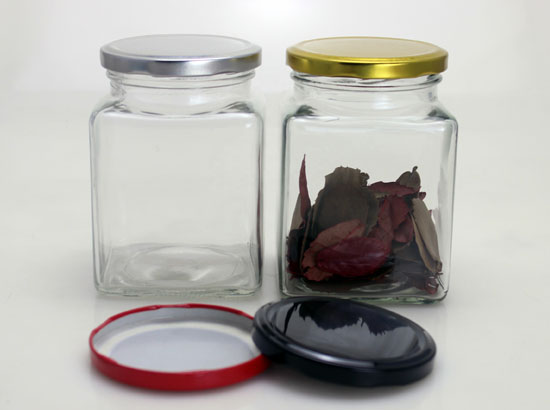Candy jar (a transparent glass jar for candy)

Feature editing
1. The glass material has good barrier properties, can prevent the gas such as oxygen from invading the contents, and can prevent the volatile components of the contents from volatilizing into the atmosphere;
2, can be used repeatedly, can reduce packaging costs;
3. It is easier to change the color and transparency;
4, safe and hygienic, have good corrosion resistance and acid corrosion resistance, suitable for packaging of acidic substances (such as candy);
5. In addition, since the glass bottle is suitable for the production of automatic filling production line, the domestic glass bottle automatic filling technology and equipment development are also mature, and the use of glass bottle packaging fruit and vegetable juice beverage has certain production advantages in China;
6, non-toxic, odorless, transparent, beautiful, and has the advantages of heat resistance, pressure resistance, and washing resistance, both high temperature sterilization and low temperature storage.

Process flow
The candy can production process mainly includes: 1 raw material pre-processing. The bulk material (quartz sand, soda ash, limestone, feldspar, etc.) is pulverized to dry the wet raw material, and the iron-containing raw material is subjected to iron removal treatment to ensure the quality of the glass. 2 batch preparation. 3 melting. The glass batch material is heated at a high temperature (1550~1600 degrees) in a pool kiln or a pool furnace to form a liquid glass which is uniform, free of bubbles and meets the molding requirements. 4 molding. The liquid glass is placed in a mold to form a glass product of a desired shape, such as a flat plate, various utensils, and the like. 5 heat treatment. Through the processes of annealing, quenching, etc., the stress, phase separation or crystallization inside the glass is eliminated or generated, and the structural state of the glass is changed.
candy jars glass








.jpg?imageView2/1/w/80/h/80)
.jpg?imageView2/1/w/80/h/80)
.jpg?imageView2/1/w/80/h/80)

Leave a comment